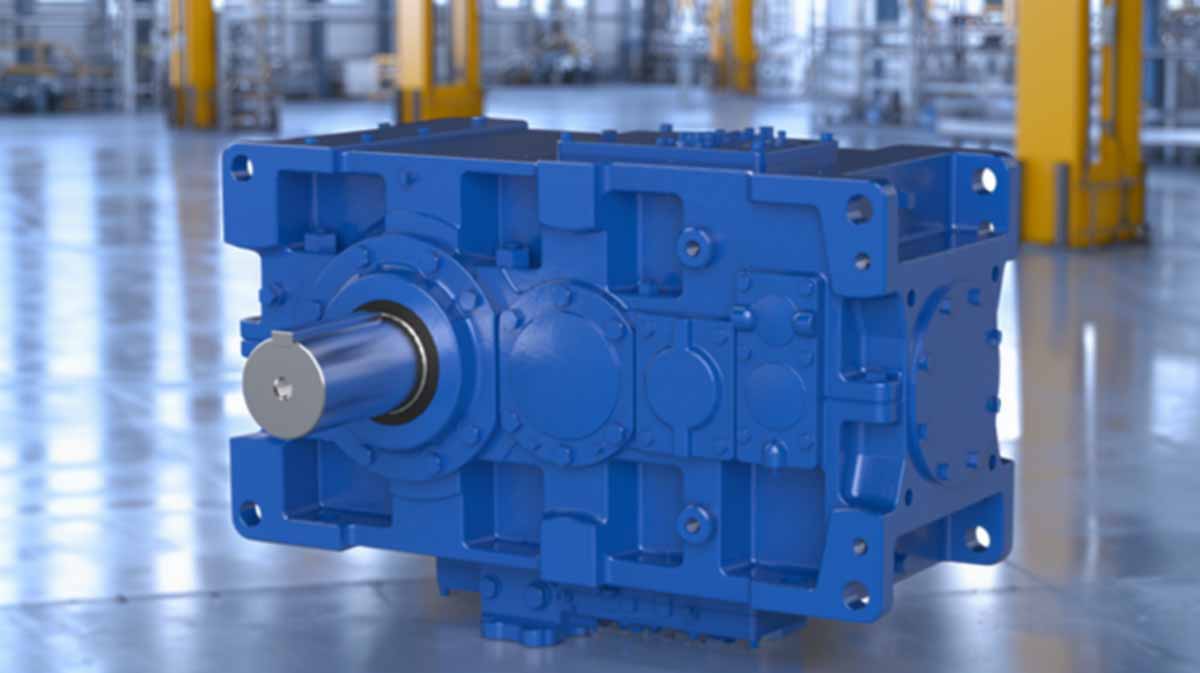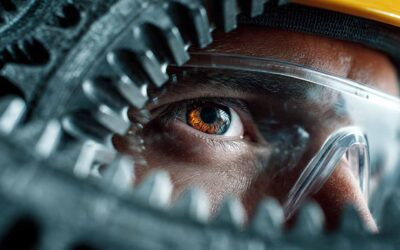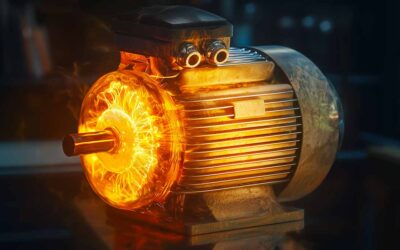When it comes to maintaining gearboxes in MRO storage, one of the simplest yet most effective PM practices is turning the shafts regularly. This PM is critical for ensuring the bearings remain in good condition and preventing a phenomenon known as false brinelling.
What is False Brinelling?
False brinelling occurs when the rolling elements of a bearing contact a raceway due to the absence of a lubricant layer. This typically happens because of background vibrations in the MRO storage environment. These vibrations cause small movements that squeeze out the lubricant, leading to metal-to-metal contact.
Over time, this contact results in wear and indentions on the raceway, known as fretting. When a gearbox with false brinelling damage is put into service, it can sound rough; the vibration signals will indicate a bearing issue and could fail prematurely.
Why Turn Gearbox Shafts?
Turning the shafts of stored Gearboxes helps redistribute the lubricant on the bearing’s critical surfaces, preventing false brinelling. This simple PM practice ensures that the bearings remain well lubricated, in good condition, and ready for use when the gearbox is put into service.
How Often Should You Turn the Shafts?
The schedule for turning the shafts can vary. Common practice ranges from a monthly or even a 3- to 6-month cycle. Best practices have shown that rotating the shafts moves the bearing rolling elements, and stopping in a different ordination each time will ensure even lubrication distribution.
How Many Shaft Turns Are Needed?
Best practices have shown that 3-4 turns and a ¼ turn are very important. The ¼ turn is very important as it helps to keep track of the key. Everything is based on the keyway to ensure you stop in a different ordination each time.
Implementing a Tracking System
In implementing a tracking system, it is very important to record the position after each rotation is completed on the PM. This ensures that the location is correct and will notify the technician who is doing the PM in what location the shaft keyway is in.
Gear Box Storage in MRO
Along with rotating the shaft to prevent false brinelling, proper temperature and humidity control are critical for the long-term storage of mechanical gearboxes to prevent damage and ensure they remain in good working condition.
Temperature Control
- Ideal Temperature Range: The storage temperature should be maintained between 10°C (50°F) and 40°C (120°F). Keeping the temperature within this range helps prevent condensation and other temperature-related issues that can affect the bearings and gears.
- Avoiding Condensation: Condensation can form if the gearbox’s temperature drops below the dew point. If the MRO storage area has space heaters, they should be energized during storage to maintain this temperature difference.
Humidity Control
- Relative Humidity: The relative humidity in the storage area should not exceed 60%. High humidity can lead to moisture accumulation, which can cause rust and corrosion on the gearbox’s internal components.
- Dry Storage Environment: Ensure the storage area is dry. If the environment is naturally humid, consider using dehumidifiers or other moisture control methods to maintain appropriate humidity levels.
Additional Tips for Gearbox Storage
- Indoor Storage: Whenever possible, store gearboxes indoors in a clean, dry area. This helps protect them from weather-related damage and reduces the risk of condensation.
- Outdoor Storage: If outdoor storage is unavoidable due to the size of the gearbox, use waterproof covers with ventilation to prevent condensation. Request from the OEM or repair center to prep for outdoor storage. Ensure the gearbox is protected from direct exposure to the elements and pests.
- Vibration Control: Minimize ambient vibration in the storage area, as it can cause false brinelling. Use vibration isolation pads if necessary.
By implementing a consistent rotation of the gearboxes and tracking system, along with having a proper MRO storage area, you can significantly improve the reliability and extend the life of your stored gearboxes and ensure they are ready for use when needed.











